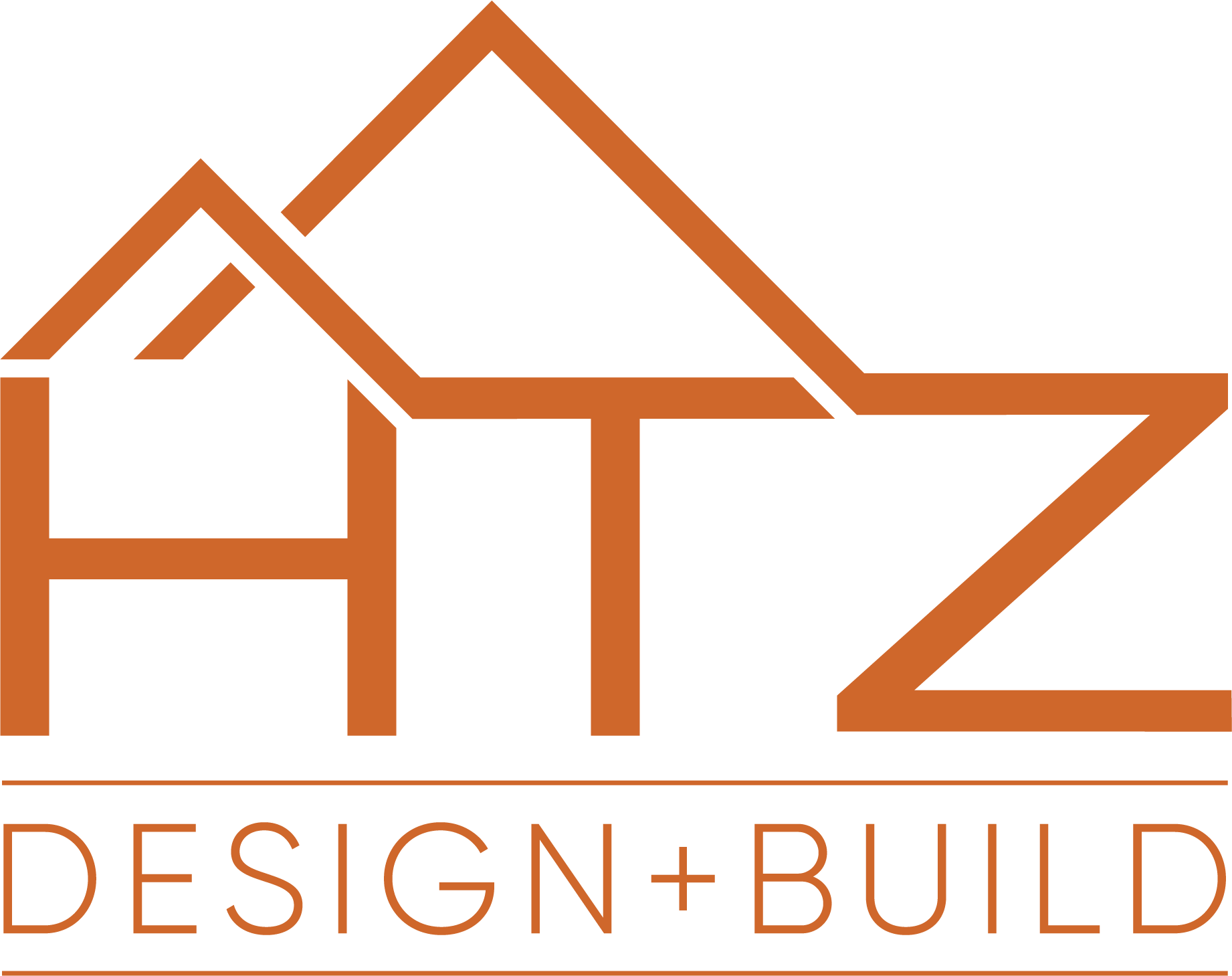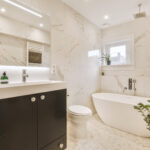Considering a home renovation but unsure how to make the most of your space? Become familiar with innovative home addition design concepts that cater to your needs. Explore sustainable innovations, transformative ideas for expanding living areas like patios and porches, and the growing trend of home cinemas and accessory dwelling units. You’ll gain practical insights to enhance your home’s functionality and style, helping you solve space challenges while creating a living environment that truly reflects your lifestyle.
Embracing Sustainable Innovations in Home Addition Design
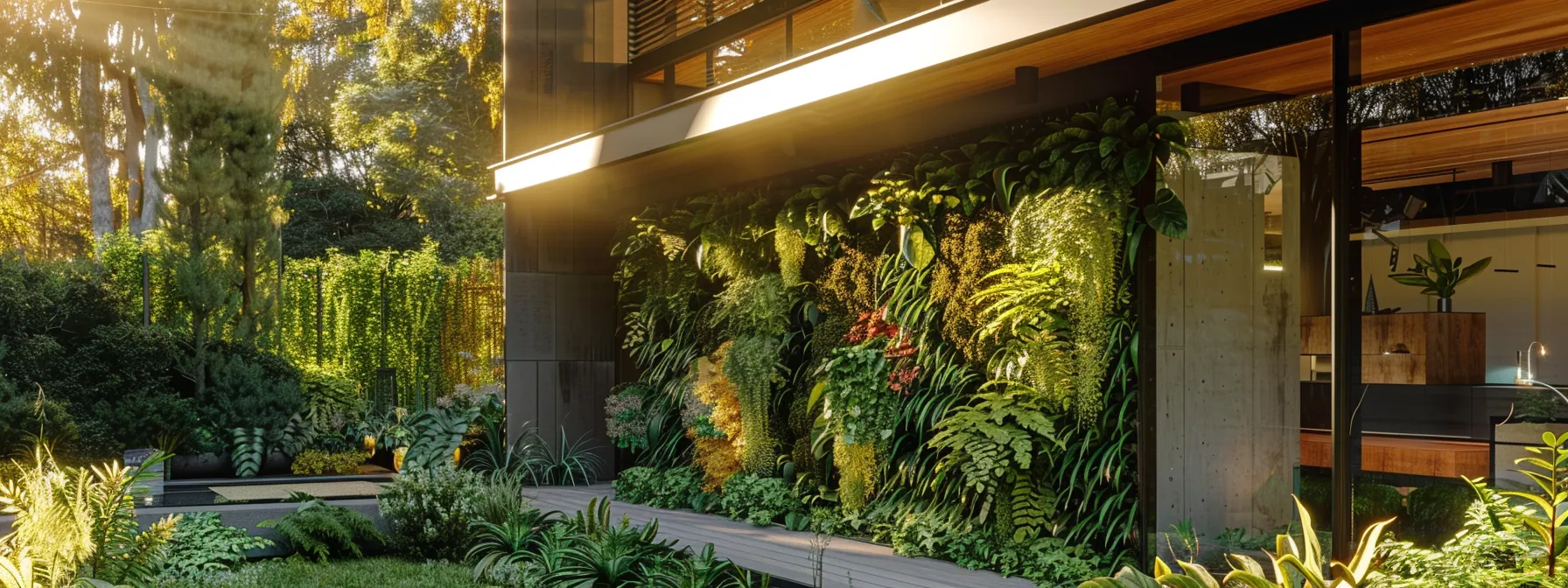
Implementing eco-friendly materials in your home addition can significantly enhance its beauty and sustainability. Energy-efficient features and technologies will reduce utility costs while promoting a healthier environment. Incorporating green roofs and vertical gardens optimizes dimensions for nature, contributing to aesthetics. Finally, smart home integration supports accessibility and efficiency, ensuring your space is both modern and eco-conscious.
Implementing Eco-Friendly Materials
When considering eco-friendly materials for your home additions, it’s essential to focus on sustainable options that align with both aesthetics and utility. For instance, using reclaimed wood not only enhances the natural beauty of your space but also minimizes waste in home construction. Additionally, materials like bamboo or recycled steel offer durability and strength, making them excellent choices for structural elements, especially in regions where zoning regulations may encourage more efficient use of resources.
Energy-Efficient Features and Technologies
Incorporating energy-efficient features into your home addition can significantly enhance both functionality and sustainability. For instance, consider using wood for framing, as it is a natural insulator that helps maintain your home’s temperature, reducing the reliance on heating and cooling systems. HTZ Design Build emphasizes the integration of smart technology, such as programmable thermostats and energy-efficient appliances, ensuring your new space not only looks modern but also operates efficiently, ultimately saving you money on utility costs.
- Utilize wood for framing to improve insulation.
- Incorporate smart technologies for energy management.
- Choose energy-efficient appliances for your home addition.
Green Roofs and Vertical Gardens
Integrating green roofs and vertical gardens into your room addition design is a unique way to blend creativity with sustainable construction. These features not only enhance the visual appeal of your property but also improve insulation and reduce energy costs associated with roofing. By incorporating such eco-friendly options, you can create a serene room that benefits the environment while adding value to your home:
- Utilize green roofs to improve insulation and reduce energy costs.
- Incorporate vertical gardens for enhanced aesthetics and air quality.
- Create a sustainable room addition that reflects your commitment to environmental stewardship.
Smart Home Integration for Sustainability
Integrating smart home technology into your remodel not only boosts convenience but also enhances sustainability. By incorporating automated ventilation systems, you can effectively manage air quality and reduce energy consumption, ensuring your home improvement reflects a commitment to the environment. Additionally, utilizing color theory in your design can influence the overall ambiance of your space, while incorporating metal elements can provide durability and a modern touch, making your addition both functional and stylish.
Sustainable choices pave the way for fresh ideas. Now, let’s explore how these innovative concepts can reshape your living space for the better.
Transformative Design Concepts for Expanding Living Spaces
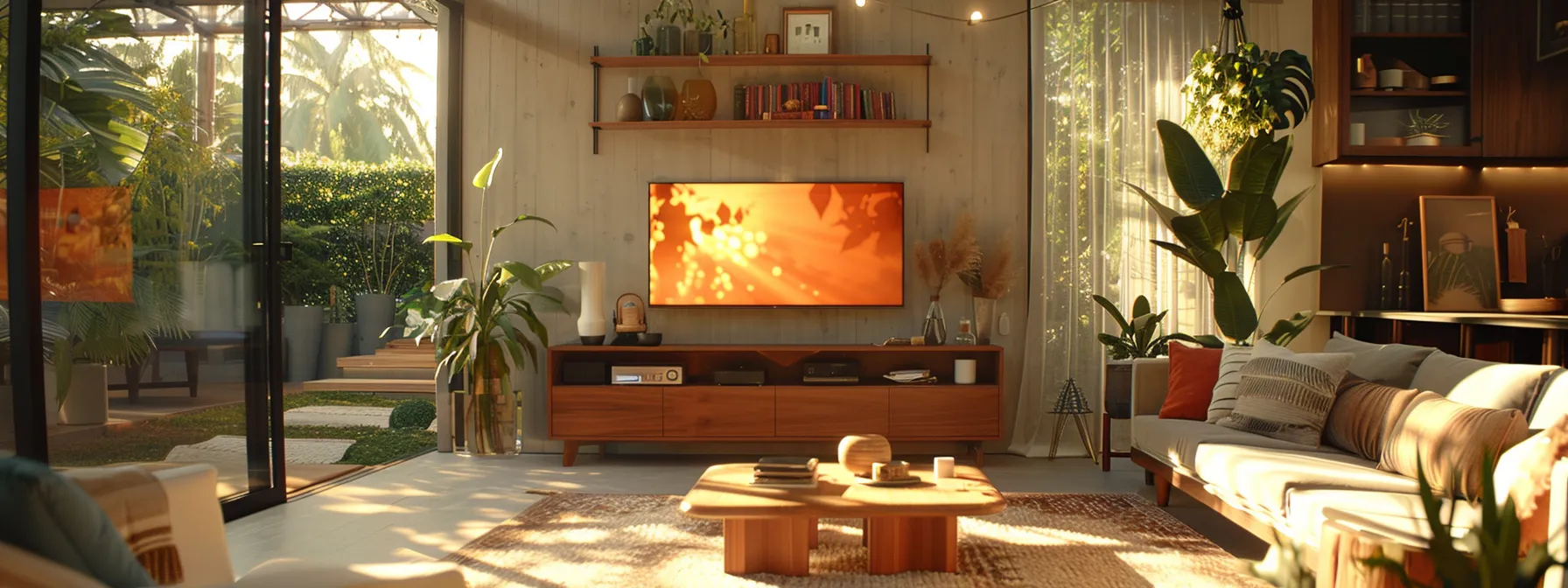
In this section, you’ll explore innovative design concepts that transform your living spaces. Discover how open-concept layouts enhance flow, while multi-purpose rooms offer versatility for various activities. Learn about innovative storage solutions that minimize clutter, and see how customizing spaces caters to your family’s specific needs, providing both functionality and style. From kitchen remodeling to bathroom enhancements, these ideas reflect a commitment to modern innovation and practical living.
Open-Concept Layouts That Maximize Flow
Open-concept layouts are an effective way to enhance the flow of your home addition, allowing for seamless transitions between spaces. This design concept not only creates a sense of spaciousness but also encourages natural light to permeate throughout, making your home feel more inviting. By integrating features like a dormer to create additional headroom and brightness, along with strategic bathroom remodeling, you can achieve a modern aesthetic that prioritizes both sustainability and functionality in your home improvement project.
- Embrace open-concept designs for improved flow.
- Utilize a dormer to enhance space and light.
- Pair with bathroom remodeling for a cohesive look.
- Focus on sustainability in your planning.
Multi-Purpose Rooms for Versatile Living
Creating multi-purpose rooms in your home addition allows you to maximize space and functionality, catering to the diverse needs of your family. Whether you’re redesigning a living room that serves as a cozy gathering area or transforming a bedroom into a home office, thoughtful planning ensures compliance with building codes while enhancing your home’s versatility. Consider high ceilings and open layouts to provide an airy, inviting atmosphere, making it easier to adapt the area for different activities and ensuring that your remodel meets both aesthetic and practical goals.
Innovative Storage Solutions to Reduce Clutter
Implementing innovative storage solutions in your home addition can significantly enhance productivity, especially for those embracing remote work. By integrating custom cabinetry or multifunctional furniture made from materials like marble, you can create spaces that are both stylish and efficient. To achieve the best results, refer to a comprehensive renovation steps guide, or contact us to learn how our expertise can transform your living space into an organized haven that meets your family’s needs.
Customizing Spaces for Family Needs
Customizing spaces for your family’s needs is essential in any renovation. By considering ergonomics, you can create environments that enhance comfort and usability, especially in high-traffic areas like kitchens and bathrooms. Choosing environmentally friendly materials, such as tile made from sustainable sources, not only adds beauty but also contributes to a healthier home, reflecting your commitment to both aesthetics and the environment.
As you consider expanding your living spaces, think about how modern aesthetics can bring a fresh perspective to your home. This next step in design will show you how style and function can blend seamlessly in your addition.
Modern Aesthetics in Home Addition Design
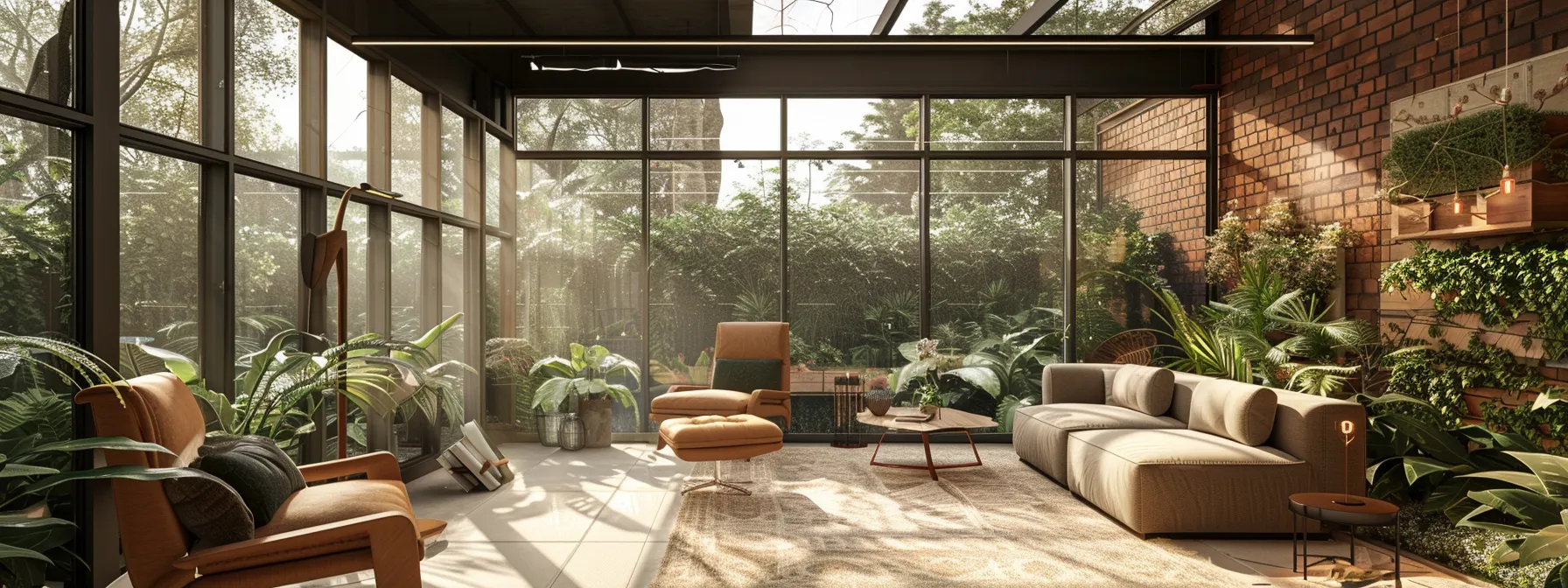
Incorporating minimalist design principles can streamline your interior design, allowing for a more organized floor plan. Blending indoor and outdoor living spaces enhances your sunroom, creating a seamless transition that boosts your lifestyle. Utilizing large windows maximizes natural light, while thoughtful color schemes can elevate your cabinetry and countertops, enhancing your home’s overall perception of space.
Incorporating Minimalist Design Principles
Incorporating minimalist design principles in your home additions can streamline both aesthetics and functionality. For your kitchen addition, focus on simple lines and essential elements that create an open atmosphere, allowing for better communication and flow. In bath remodeling, prioritize a spacious shower with clean designs—these choices will not only enhance the beauty of your home but also promote a more efficient use of space, ultimately transforming your living areas into serene, inviting environments.
Blending Indoor and Outdoor Living Spaces
Blending indoor and outdoor living spaces creates a seamless transition that enhances your home’s atmosphere, maximizing the benefits of daylight and sunlight. Whether through large sliding glass doors or open patios, this integration allows for an expansive feel, inviting nature into your custom home. Incorporating these elements into your home remodeling project not only elevates the aesthetic appeal but also promotes a healthier living environment.
- Maximize natural light with large windows and doors.
- Create outdoor spaces that serve as extensions of your indoor areas.
- Incorporate sustainable materials in both spaces to enhance environmental consciousness.
Utilizing Large Windows for Natural Light
Utilizing large windows in your home addition not only floods the space with natural light but also creates a sense of openness that complements modern aesthetics and minimalism. These expansive wall features can enhance the energy efficiency of your home, allowing for better thermal performance and reducing dependency on artificial lighting. Imagine relaxing in your new bathtub while enjoying the serene view of your outdoor space, as sunlight pours in, transforming your bathroom into a tranquil retreat that serves both function and beauty.
Color Schemes That Enhance Space Perception
Choosing the right color scheme in your home addition design plays a crucial role in enhancing space perception. Light and neutral colors can flood a room with a sense of openness and airiness, making it appear larger and more inviting. By thoughtfully integrating colors inspired by the surrounding landscape, you not only create harmony with nature but also promote principles of green building, which emphasize sustainability and environmental consciousness.
- Utilize light and neutral colors for spaciousness.
- Integrate colors inspired by the landscape for harmony.
- Promote green building principles through color choices.
A modern home addition deserves outdoor spaces that reflect the same care and design. You will find that planning these functional areas can create a harmony between indoor and outdoor living, enhancing your home’s overall appeal.
Planning Functional Outdoor Areas
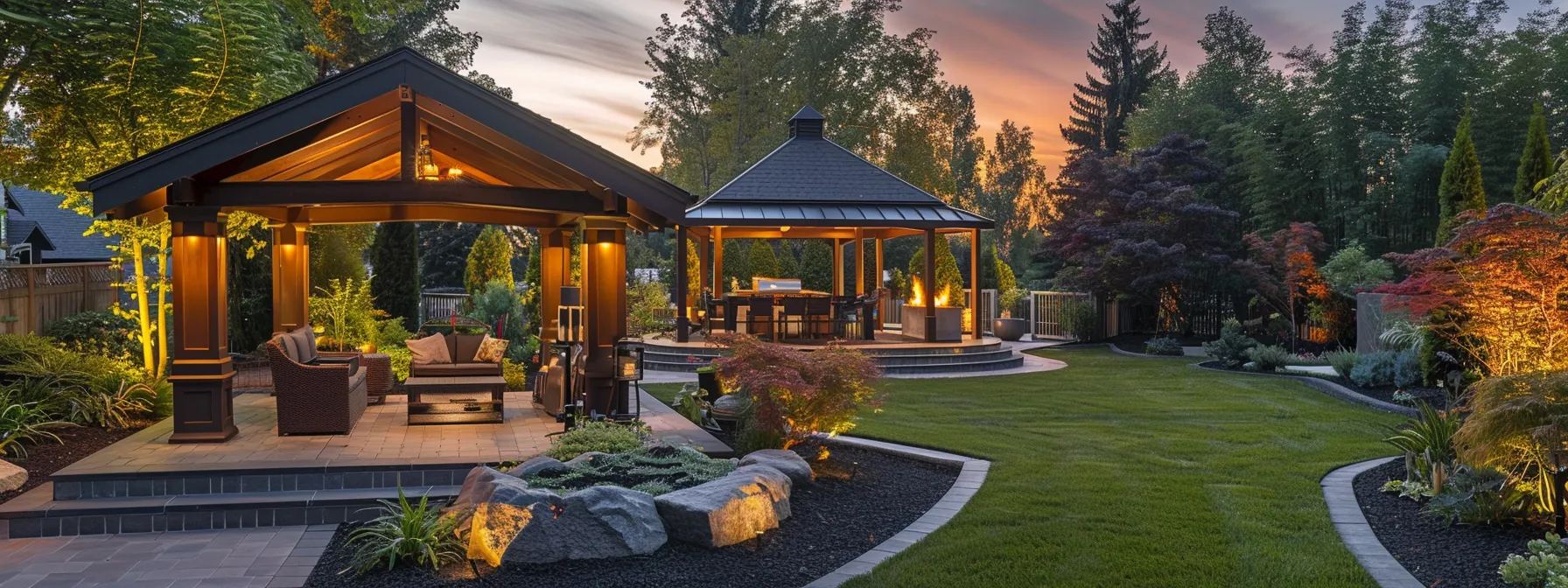
Designing seamless transitions to outdoor spaces enhances your home’s façade and connects indoor and outdoor areas effortlessly. You can create sleek outdoor living rooms for year-round comfort while integrating landscaping with your home’s architectural style to preserve cultural heritage. Additionally, developing entertaining spaces fosters gatherings, making your home a welcoming environment for friends and family.
Designing Seamless Transitions to Outdoor Spaces
Designing seamless transitions to outdoor spaces is essential for creating an inviting atmosphere in your home addition. Utilizing materials like concrete for pathways and durable outdoor carpets can provide a smooth flow between indoor and outdoor areas, accommodating the climate while enhancing aesthetic appeal. Consider incorporating home automation features to control outdoor lighting and temperature, ensuring your outdoor living spaces are functional and comfortable throughout the seasons:
- Utilize building materials that withstand local climate conditions.
- Incorporate concrete for pathways and durable rugs for comfort.
- Integrate home automation for outdoor spaces to enhance functionality.
Creating Outdoor Living Rooms for Year-Round Use
Creating outdoor living rooms designed for year-round use allows you to maximize your home’s potential while enjoying nature in comfort. By incorporating materials like durable steel beams and stucco finishes, you can enhance the aesthetic appeal of your space while ensuring it withstands wind and weather changes. Sustainable design elements, such as energy-efficient heating solutions, can further increase your outdoor enjoyment, making these areas functional extensions of your home that cater to your lifestyle, regardless of the season.
Integrating Landscaping With Home Designs
Integrating landscaping with your home design is vital for achieving harmony between outdoor and indoor spaces. By selecting materials like cladding that complement your flat roof, you can enhance both aesthetics and functionality. Additionally, incorporating features such as rainwater harvesting can contribute to soundproofing and improve overall sustainability, making your space not only beautiful but also environmentally responsible.
- Choose cladding that complements your flat roof.
- Incorporate rainwater harvesting systems.
- Enhance soundproofing with natural landscaping elements.
- Create harmony between indoor and outdoor areas for seamless living.
Developing Entertaining Spaces for Gatherings
When developing entertaining spaces for gatherings, consider how your lifestyle can shape the design. Creating a cozy courtyard or an inviting outdoor area complements your home’s architecture, whether it’s a bungalow or a barn-style build. To streamline hosting, integrating a pantry nearby allows for convenient access to supplies, enhancing both functionality and enjoyment during gatherings.
As you build your ideal outdoor space, thoughts of comfort and utility may lead you to consider how flexibility fits into your home. Accessory dwelling units are gaining traction as a smart addition, offering both elegance and practicality to any property.
Accessory Dwelling Units as a Home Addition Trend
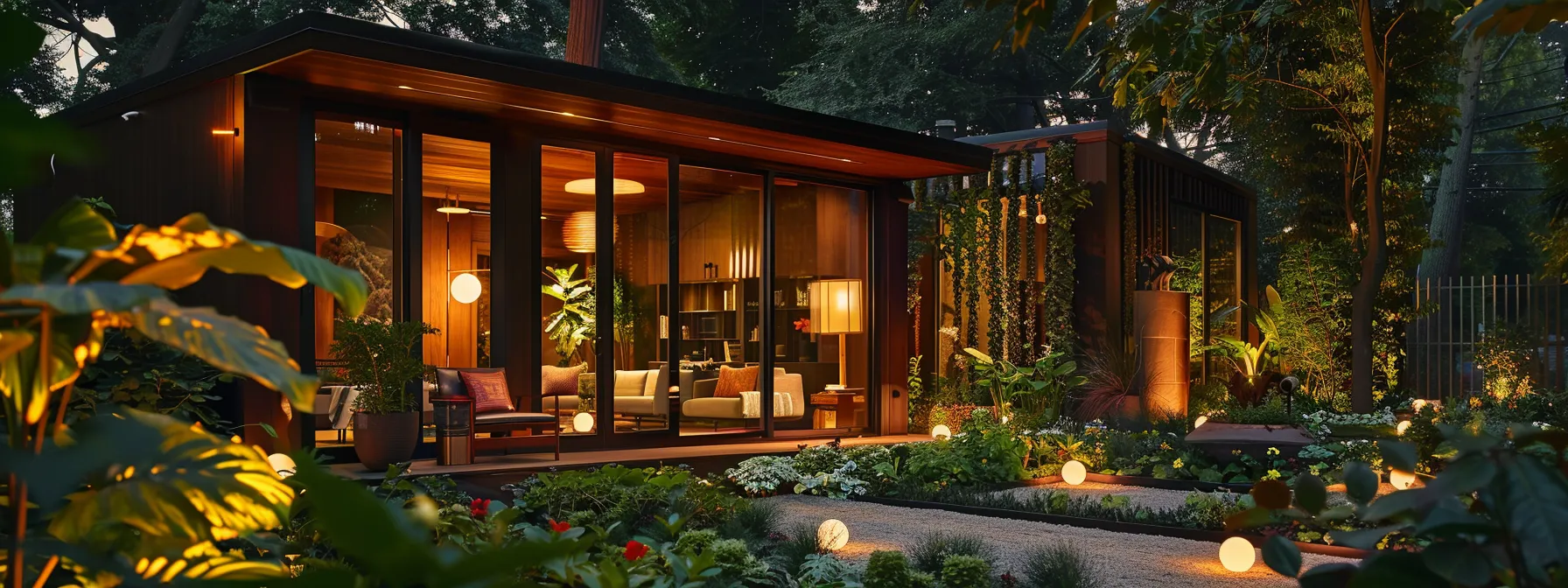
Understanding zoning laws and regulations is crucial when considering accessory dwelling units (ADUs) for your home addition. You can design functional and stylish ADUs by incorporating elements like murphy beds and well-placed light fixtures. Renting out these spaces can generate passive income, while effective site analysis enhances your property’s value. Each aspect discussed will provide practical insights to maximize your investment.
Understanding Zoning Laws and Regulations
Understanding zoning laws and regulations is essential when planning accessory dwelling units (ADUs) as part of your home addition. These regulations determine how you can utilize your property and may vary significantly based on location. For example, guidelines often dictate the size, height, and construction materials used, such as monochrome hues or textured finishes, ensuring your space remains aesthetically cohesive with your main residence. By complying with these rules, you not only create a functional area for cooking and living but also enhance the value of your home while minimizing potential pollutants that could affect your environment.
Designing Functional and Stylish ADUs
Designing functional and stylish accessory dwelling units (ADUs) requires a focus on efficiency and aesthetic appeal, allowing for a seamless blend with your primary residence. Utilizing materials like terracotta for roofing can enhance durability and visual charm, while incorporating copper details adds a modern touch that reflects your architectural style. By prioritizing simplicity in layout and thoughtful use of space, you can ensure these units meet all of your needs while contributing positively to your property’s overall value:
- Focus on efficiency in design to maximize utility.
- Incorporate terracotta and copper for durability and style.
- Ensure architectural cohesion with your main house.
Benefits of Renting ADUs for Passive Income
Renting out accessory dwelling units (ADUs) can provide a significant source of passive income, making room additions more financially viable for homeowners. As you choose a location for your ADU, consider areas with high rental demand or proximity to local amenities, ensuring you attract potential users. Incorporating sustainable building practices in your ADU design not only improves the exterior appeal but also enhances energy efficiency, making your property more attractive to renters:
- Understand local zoning regulations for ADUs.
- Choose a location with high rental potential.
- Utilize sustainable building materials for appeal and efficiency.
- Create an inviting exterior to attract quality tenants.
- Maximize space and functionality in your ADU design.
Enhancing Property Value With ADUs
Accessory dwelling units (ADUs) can significantly enhance your property’s value, acting as a stylish addition that complements your home exteriors. By integrating contemporary architecture and sophisticated design elements, such as custom doors and efficient layouts, you create a functional space that attracts potential buyers or renters. Partnering with a skilled contractor ensures that your ADU aligns with your primary residence, maximizing its appeal and investment potential:
- Incorporate contemporary architecture for added aesthetic value.
- Focus on sophisticated design features to enhance the unit’s appeal.
- Collaborate with a contractor to achieve a cohesive design.
- Utilize durable materials for long-term attraction and functionality.
Accessory Dwelling Units are changing how we think about home. As you plan your addition, consider the new technologies that make these projects easier and more efficient.
Innovative Technologies in Home Addition Projects
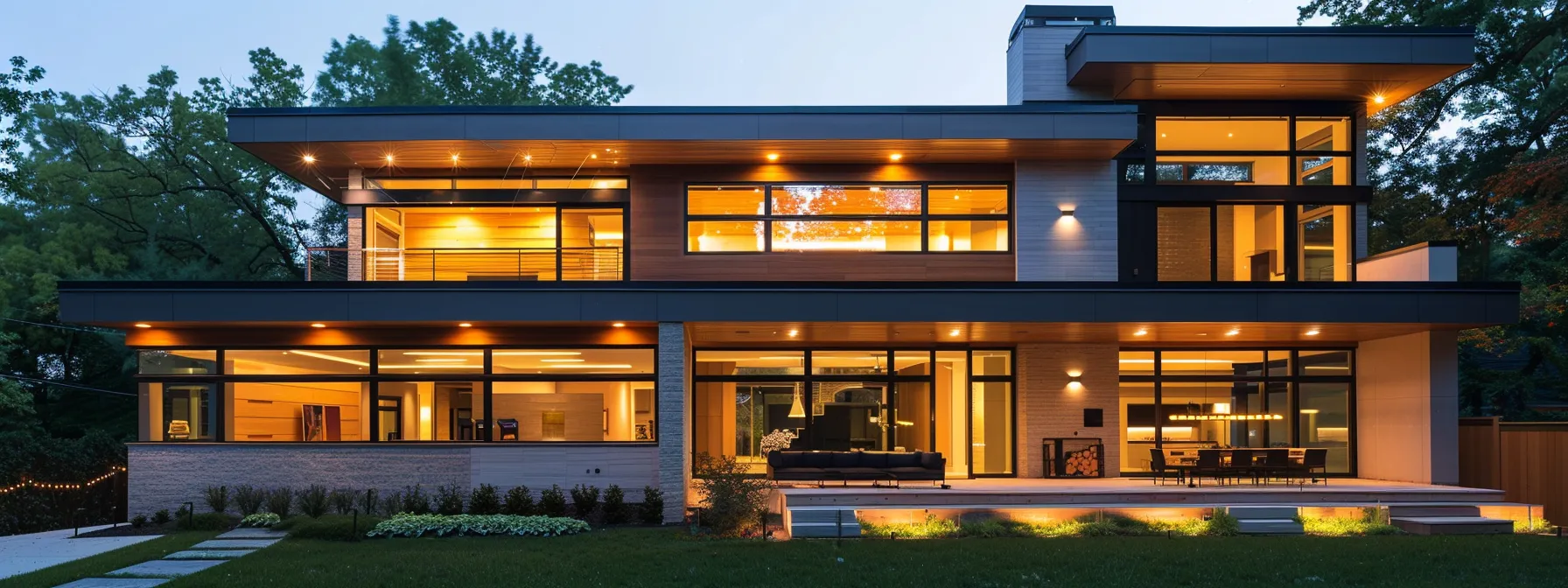
Utilizing 3D visualization tools allows you to see your design come to life, offering clarity and precision. Integrating smart home systems from the start ensures your addition is modern and efficient, while advanced building techniques enhance durability. Lastly, using virtual reality for client collaborations adds an engaging rhythm to your project, allowing for focused attention on details like clerestory windows that maximize natural light.
Utilizing 3D Visualization Tools for Design
Utilizing 3D visualization tools in your home addition project allows you to experience your design in a realistic and engaging way. This technology helps you envision how various elements, such as mobile home layouts, improve efficiency while addressing potential noise issues. By visualizing features like custom drawer layouts, you can refine your design before construction begins, ensuring that your space not only meets aesthetic goals but also functions seamlessly for your family’s needs.
Integrating Smart Home Systems From the Start
Integrating smart home systems from the start of your home addition project enhances both convenience and sustainability. By planning advanced home automation technologies, such as smart lighting, climate control, and security systems, right from the design phase, you create a cohesive and user-friendly living environment. This approach ensures your new space is not only functional but also tailored to meet your family’s evolving needs while optimizing energy consumption.
- Plan for a comprehensive smart home system during the design phase.
- Choose energy-efficient appliances that can connect to your automation system.
- Incorporate smart lighting and climate control for added comfort.
- Consider security features that integrate seamlessly with your home’s design.
Incorporating Advanced Building Techniques
Incorporating advanced building techniques in your home addition project ensures efficiency, durability, and sustainability. For instance, utilizing modular construction allows for quicker assembly and minimized waste, bringing your vision to life faster. Additionally, integrating insulated concrete forms (ICFs) enhances energy efficiency, offering long-term savings on heating and cooling while supporting a modern aesthetic:
- Utilize modular construction for faster assembly and reduced waste.
- Integrate insulated concrete forms for energy efficiency.
- Focus on durable materials to enhance your home’s longevity.
Using Virtual Reality for Client Collaborations
Using virtual reality (VR) in client collaborations transforms the design process for your home addition projects. This technology allows you to immerse yourself in a 3D representation of your space, enabling you to visualize layouts, materials, and finishes before construction begins. With VR, you can provide feedback in real-time, ensuring that the final result aligns with your vision and addresses your specific needs, leading to a satisfying and efficient renovation experience.
Conclusion
Innovative home addition design concepts play a crucial role in enhancing both functionality and aesthetics, providing homeowners with versatile solutions tailored to their needs. By embracing eco-friendly materials, energy-efficient technologies, and smart home integration, these designs promote sustainability and efficiency. Thoughtfully planned spaces, such as multi-purpose rooms and seamless transitions to outdoor areas, create environments that foster comfort and connection. Implementing these modern concepts not only enriches your living experience but also adds significant value to your property, ensuring a lasting investment.
